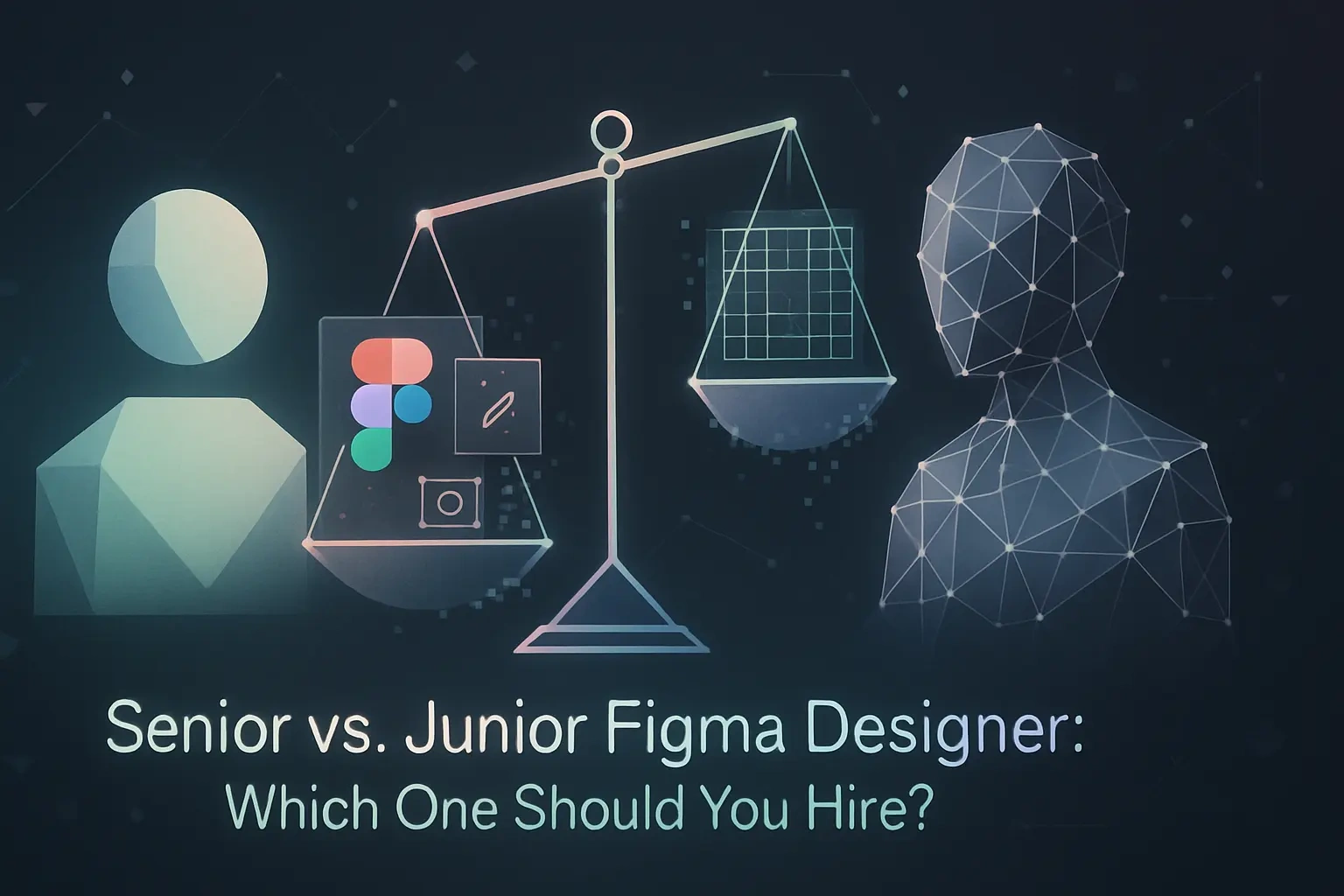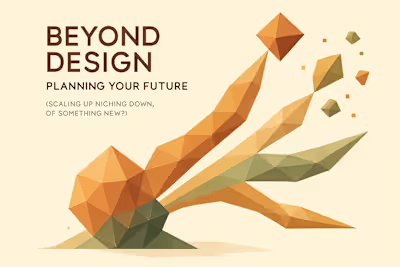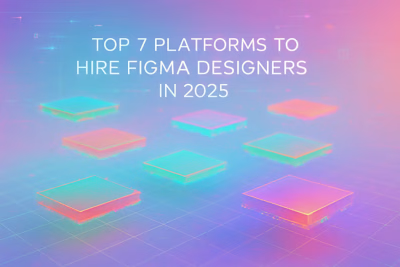Senior vs. Junior Figma Designer: Which One Should You Hire?

Senior vs. Junior Figma Designer: Which One Should You Hire?
Defining the Roles: What to Expect from Each Level
The Junior Designer: Focused on Execution and Craft
The Senior Designer: Focused on Strategy and Autonomy
Key Differences: A Head-to-Head Comparison
Scope of Work and Autonomy
Problem-Solving Approach
Cost vs. Value
Mentorship and Team Impact
When to Hire a Junior Figma Designer
You Have Well-Defined Tasks
You Have a Strong Design Lead
Your Budget is Limited
When to Hire a Senior Figma Designer
You're Facing Complex, Ambiguous Problems
You Need a Design Leader
You Need to Accelerate Your Project
Making Your Decision
References
Senior vs. Junior Figma Designer: Which One Should You Hire?
Defining the Roles: What to Expect from Each Level
The Junior Designer: Focused on Execution and Craft
The Senior Designer: Focused on Strategy and Autonomy
Key Differences: A Head-to-Head Comparison
Scope of Work and Autonomy
Problem-Solving Approach
Cost vs. Value
Mentorship and Team Impact
When to Hire a Junior Figma Designer
You Have Well-Defined Tasks
You Have a Strong Design Lead
Your Budget is Limited
When to Hire a Senior Figma Designer
You're Facing Complex, Ambiguous Problems
You Need a Design Leader
You Need to Accelerate Your Project
Making Your Decision
References
Posted Jul 6, 2025
Debating between a senior and junior Figma designer? Understand the key differences in skills, cost, and impact to decide who's right for your project.









